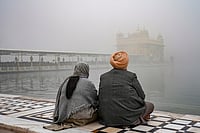Abandoned by her lover, she marries Ran-bir Saighal, a handsome and worthy military officer. After a life of comfort, she enters into a dalliance with a cynical bureaucrat. Late in the novel, her husband, discovering them in the act, hangs himself with her sari. The novel ends with ritual breast-beating and a plea for understanding if not forgiveness.
Through this fabric are woven many other stories, the story of the Valley as it is torn asunder by diverse interests, the story of the poetess Habba Khatun, the story of the dispossessed of the Narmada Dam, the story of the Bhopal Gas tragedy. At another level, we have excursions and sightseeing trips into the hearts of hurt and dysfunctional families from Geneva to Cyprus to Jabalpur. There is an unremitting sense of loss about the novel, a sense of numbing grief and uncommunicated silences, which the author tries to bridge through the protagonist's brief and involved moments of total commitment with Aslam Sheikh in Kashmir, and indeed the searing anger that forms the substratum of the book.
The metaphor of Kashmir as a lost homeland, as a dismembered place-in-time, as a symbol of flux and dissociation, is constant throughout the novel. The tumultuous events of her life are quite in contrast to the empty pain that accompanies Shahnaz everywhere. In spite of these intense and heartfelt evocations, I feel that The Dogs of Justice suffers certain specific contradictions as a novel, and for certain specific reasons.
There is a dissociation between the emotive and the cerebral, almost as though there were two books competing and colliding in the same spine. One is a novel about Shahnaz, a pale fair girl with hazel eyes and copper coloured curls framing her face, a romanticised and sometimes not entirely convincing characterisation. And then we have the other novel, a novel about all the tumultuous events of our century, the Second World War, the Partition of our subcontinent, the process of articulation of Third World dilemmas. This is the novel that I wish Sibal had given voice to.
But the process of the articulation of feminine identity can de-escalate into a mannered and routine format, and there are so many ideological and propaganda cues inherent in the exercise as to render it sometimes self-defeating. The gender constraints upon the vision and canvas of women writers continue to perplex and sadden me. The Dogs of Justice is a case in point, where a brilliant and articulate writer with access to a larger world of ideas deliberately limits herself, not to a miniature or cameo vision or some stylistic device, but to a remembered and persistent parameter of her woman-self.
The internal conflict between the novel of ideas and the novel of emotions runs throughout the book. The recent political history of Kashmir is handled with an evocative ease, but the larger flow of history hinges only upon the subsidiary story of Shahnaz and her obsessive, compulsive love for the rather obnoxious Aslam Sheikh.
This crowed canvas of contemporary India devolves at the slightest provocation into standard apologia for "love fulfilled and love unfulfilled". It really is time, in Sibal's own words, "to break the chain, jettison the baggage, drop the load of Shahnaz and Habba Khatun, and all the women who loved with their being". As Byron wrote, "Man's love is of man's life a thing apart/ 'tis a woman's whole existence." Sibal's elegant and articulate novel suffers from just this syndrome. The struggle to forget and rise above this mannered, obsolescent literary persona to a more compete and androgynous vision will mark the Second Coming of contemporary women's writing.







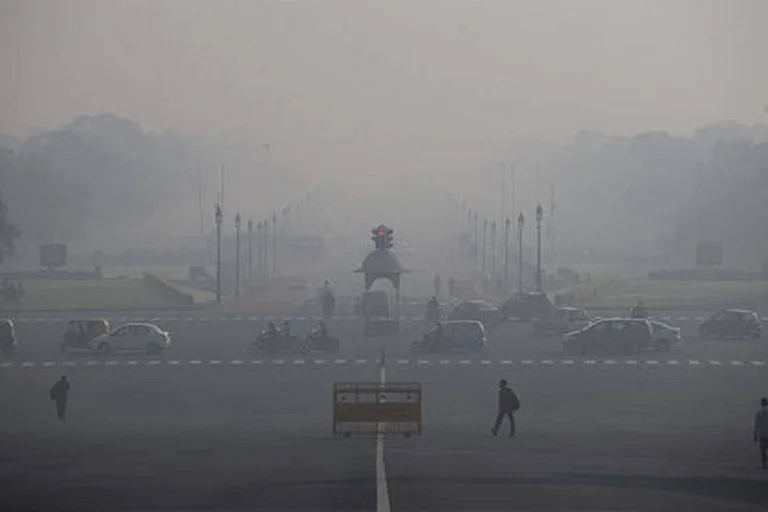





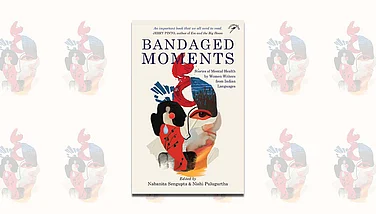




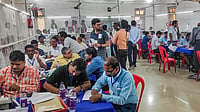


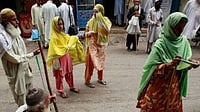
_.jpg?w=200&auto=format%2Ccompress&fit=max)


